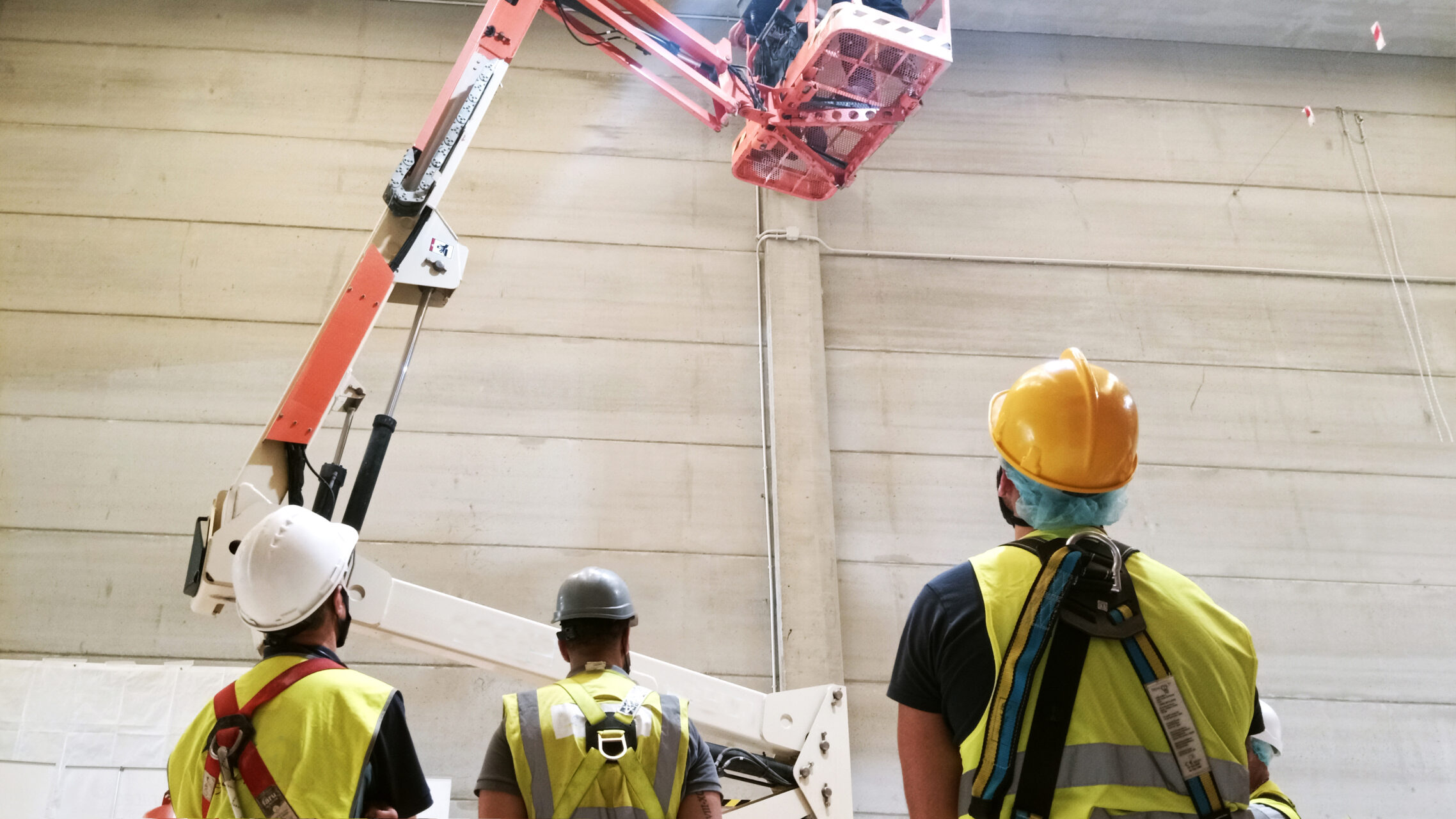What are observational assessments? They involve an observer watching a participant perform a skill or task, usually via a smartphone or tablet, in a controlled environment to evaluate competencies. This method of testing is often most impactful in scenarios that are difficult to measure using “traditional” assessments.
Rather than relying solely on written assessments, observational assessments — similar to performance-based testing — measure the test-taker’s abilities in an authentic environment. For example, a maintenance engineer might be assessed on diagnosing faulty machinery, or a forklift truck driver demonstrating control of the vehicle.
The benefits of observational assessments
Perhaps the most beneficial element of observational assessment in the workplace is the ability to provide a realistic and objective view of an employee’s work.
Unlike methods such as multiple-choice testing, observation provides a first-hand account of an employee’s performance. This is particularly important when assessing skills that are difficult to quantify, such as practical or interpersonal skills.
Observational assessment can also provide insights into an employee’s strengths and weaknesses. Through regular observations, your managers can track an employee’s development over time, and identify any areas where improvement is needed. This information can be used to adjust training plans or provide additional support where necessary.
This type of assessment can also be a highly motivational tool for employees — an often-overlooked element of testing. Anecdotal evidence suggests that for a test-taker, knowing an observational assessment is on the horizon brings with it a sense of urgency and desire to “prove skills” (which is the ultimate aim of any assessment structure).
How can we ensure observational assessments are conducted fairly?
There are, as with any form of testing, challenges associated with observational assessment.
First and foremost is ensuring that observations are being conducted in a fair and objective manner. Bias can easily creep into observational assessments — particularly if the observer has a preconceived notion of the employee’s ability. These biases can lead to significant errors that affect test results and undermine processes. Human judgement is notoriously fallible, some observers may be more generous than others (I’m sure we all remember praying that we got a lenient assessor when it came to taking a driving test).
To overcome this, it is essential to establish clear criteria and ensure that all observers are trained to use them consistently. It is also important to have an appeal process in place for instances of mistakes.
There is also a very human element to consider: Observations can (and often do) put people on the spot and can make employees feel self-conscious and impact performance.
While taking place in an authentic setting, testing can make an environment or skill feel alien — this is the “boss looking over your shoulder” effect.
The point of testing shouldn’t be to make an employee uncomfortable but rather to assess competency to deliver on a skill or task when it matters. To minimize this, clear communication with employees about the purpose and process of the assessment is key.
Powerful tool
While consideration should also be given to the fairness and objectivity of testing, on the whole, observational assessment in the workplace represents a valuable tool in providing a realistic and objective view of an employee’s performance.
Moreover, from a learning and development perspective, they provide insight into the strengths and weaknesses, the measurement progress over time and the creation of targeted development plans like no other form of testing.
With these considerations in mind, observational assessment can be a powerful tool for improving employee performance and driving organizational success.















